Jonas Christoffersson is a postdoc in Bioinformatics at the University of Skövde and is currently working in Canada. Working together with a team of researchers in Vancouver, Jonas is using a cell-cultivation technology called bioprinting in order to create and construct tissue for a heart.
Jonas Christoffersson is part of the Translational Bioinformatics research group at the University of Skövde, and, working together with AstraZeneca and Takara Bio in Gothenburg, his research concerns the differentiation of stem cells to form myocardial cells. He is attempting to develop a model that can be used in order to understand different mechanisms for heart diseases and to test the effects of different potential pharmaceutical treatments. In the autumn, he left Skövde to work together with a research group at the University of British Columbia in Vancouver, where he will learn about bioprinting, which is a specific cell-cultivation technology.
"A bioprinter is a kind of 3D printer whereby human cells are mixed with a viscous material and then 'printed' in order to construct a tissue of a particular organ. In my case, we are using myocardial cells derived from human stem cells in order to create heart tissue for a model that will enable the testing of pharmaceuticals and facilitate the search for disease-specific biomarkers", explains Jonas.
He says that this is a nervous period of waiting for the entire research group in Vancouver. Will the printed heart tissue work in the way they hope, and will they succeed in keeping the cells alive?
"If we are able to create tissue – in this instance, using a bioprinter to make heart muscle – that resembles the body's natural tissue, the hope is that the data we collect will better reflect the cells' natural reaction to, for example, a particular pharmaceutical."
Research without frontiers
The Translational Bioinformatics research group at the University of Skövde is working within the same field.
"But the company that makes the bioprinter is based in Vancouver, and it works closely together with the research group I am visiting here. Our respective projects share a great deal of common interests, and it was a simple task to reach an agreement concerning our collaboration."
Jonas is happy there, and he emphasises the importance of learning new methods and ways of working – it can sometimes be a good thing to be 'the new guy' at work.
"Even though there are differences, it is still kind of cool to travel to a lab on the other side of the world and see that most things work exactly as they do at home."
Although the focus of the two research groups is largely similar, there is still a major contrast between the University of Skövde and the University of British Columbia. More than 70,000 people work at the campus in Vancouver, and the University has its own police force, hospital and sports arenas. It is almost a separate city within the city.
Jonas will be returning home in time for Christmas, but, before he leaves, he hopes that he will have some days off so that he can go snowboarding in Whistler, which is a well-known ski resort about 120 kilometres north of the city.
